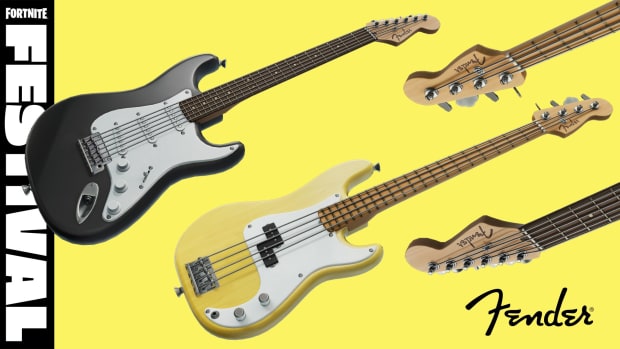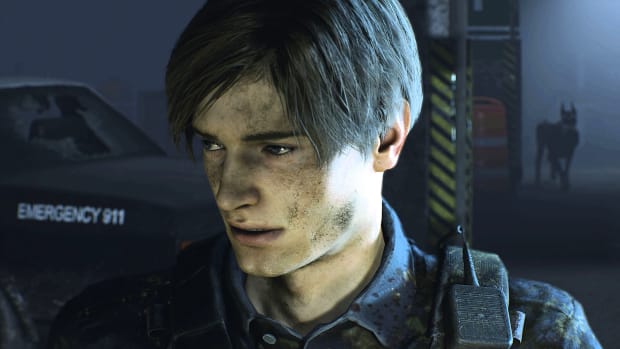
Op-Ed: Nintendo Has Never Supported Smash Esports, And It'll Continue To Thrive Anyway

The future of the competitive Super Smash Bros. scene seemed bleak when the Smash World Tour abruptly came to an end. But it wasn’t the first or last time that the Smash scene would worry that it was all over — and it wasn’t the first or last time it would defy all odds and grow stronger.
Super Smash Bros. has always been a grassroots esports scene, meaning that it’s basically funded and organized — and kept alive — largely by the community. Unlike League of Legends and VALORANT having leagues run by Riot games or the Counter-Strike tournament seasons being organized by Valve, Smash has never had the support of Nintendo.
The Beginning of Smash Esports
The Smash scene started off small and scattered. Many pros remember dingy basement LANs and small locals that were organized by passionate players. There was often not very much prize money to speak of — it was largely pride on the line and passion that fueled them week after week.
“My first tournament was the first Renaissance of Smash. My older brother told me about [it], and I wanted to tag along,” Adam “Armada” Lindgren told Polygon. “I went there and I had super high expectations. I wasn’t even 12 at the time and I was super confident. There were eight people in my pool and only the top two advanced. I got fourth. I was technically top 16, but I didn’t advance and I was incredibly disappointed.
“I remember sitting in the crowd after my loss thinking, I wanna be the best.”
To bring all of the competitive players together, Ricky “Gideon” Tilton created Smash World Forums, now known as Smash Boards. This was where players could start comparing their rank and skill while discussing the fighting game they loved. At this time, it was just “nerds” bonding over a game, said Shine organizer Matthew “MattDotZeb” Zaborowski.
In 2004, Major League Gaming hosted the first-ever Smash circuit. This was the first time Smash events felt organized and professional. It was the first time that it felt like Smash mattered on a larger scale. People were not only playing to have bragging rights in their city — they were now looking to be the best in the world.
Nintendo Fights the Growth of Smash Esports
Seeing the potential of Smash, the unique fighting game was added to Evo, the biggest fighting game event in the world. While this seemed like it was a major breakthrough for Smash, it also became one of the biggest downfalls. For as Smash’s esports scene continued to grow, Nintendo fought harder to shut it down.
In 2013, Nintendo publicly fought to remove Smash from Evo.
“This was the first time we really dealt with Nintendo in a big way. Melee made it to Evo, and Nintendo tried to prevent it from happening. Everyone, and I mean everyone, was just wondering why they did that. It was a crazy thing to happen,” recalled pro Nairoby “Nairo” Quezada. “The Smash community never had anything to do with Nintendo. They didn’t want to be part of it. It was like, What’d we do? What went wrong? It’s not like this was our first tournament ever. It caused a lot of confusion.”
Nintendo eventually changed its mind and allowed Smash at Evo. For the first time, the grassroots community saw how powerful they’d become.
Said Melee God Juan “Hungrybox” DeBiedma: “It was so emotional for everyone. We worked so hard. If we hadn’t won that charity drive, I probably wouldn’t be playing Melee. But the fact that we got it to work, and Melee could hop back into relevance, was huge for the community. It led to the diamond age of Melee, the entire era from 2013 to now.
“The idea that we could overturn Nintendo’s decision to try and ban Melee, the idea that we could have a major impact on the scene. It just spread like fire.”
But Nintendo continued to ban certain modded games from being at Smash events and never gave up on the idea of stopping competitive Smash altogether. The esports scene never saw any support or funding from Nintendo and had to run tournaments entirely through crowdfunding and personal funds.
While many esports saw prize pools of hundreds of thousands to millions of dollars, Smash pros continued to struggle financially. Hungrybox, one of the best Melee players in the world, won $75 after getting fifth at CEO just last year. To put this into perspective, the 5th place team at the League of Legends World Championship that same year took home over $100K.
The reason the prize pool is often so low at Smash events is due to the event being completely funded by tournament organizers. The prize pools are often made up of registration fees and/or crowdfunding.
But no matter how often Smash players would plead with Nintendo, the company continued to seemingly ignore the esports scene. Until the Panda Cup.
The Smash Esports Scene Implodes
The Smash community was incredibly hype when the Smash World Tour was formed in 2022. For the first time ever, tournament organizers were teaming up to create a year-long circuit of Smash majors to introduce a more competitive schedule as well as more prize money to support top players.
For a while, it seemed like Smash esports was growing exponentially.
In 2022, Panda Global announced that it was partnering with Nintendo to create Melee and Ultimate circuits. This seemed like even bigger news, with Nintendo getting involved for the first time in history. But this ended up becoming the death of both circuits.
Long story short, the Smash World Tour abruptly announced that it was shutting down before the Final even began. It was confusing and heartbreaking news for the Smash community, including pros who had grinded all of the included tournaments. But the SWT soon revealed that Panda Global had essentially sabotaged them in hopes of becoming the only circuit out there.
The Smash community rallied against Panda Global, ultimately ending the Panda Cup as well. The esports scene was left without either circuit. Meanwhile, Nintendo finally had its way and had Smash removed from Evo.
So what was left?
The Smash Community Takes Action
The Smash esports scene is one of the most passionate and dedicated out there. Without Nintendo’s support and without adequate funding, the scene has continued to grow year after year. New players continue to pop up in the top of the rankings and the OG players have maintained their following.
After the Smash World Tour and the Panda Cup shut down, the Smash community wondered what the next year would look like for Smash. 2023 and beyond became even more concerning when a long-running tournament, SHINE, decided to end its run for financial reasons.
At this point, it seemed like Smash could be doomed. Some fans voiced concern for the future of Smash esports. But others, like me, knew that Smash would survive. The community would never let it die. We were able to grow without Nintendo’s help before. We would do it again.
Seeing the concern of the Smash community, Hungrybox announced a $100,000 Smash Community Fund. The weekly Coinbox organizer said that the money would go towards players and tournament organizers that needed the cash in an attempt to keep the scene pushing forward.
“Smash needs all the help it can get right now. That’s why I’ve been working to ensure everyone can keep on playing the game they love,” Hungrybox tweeted at the time. “Smash is here to stay.”
Let’s be real — $100,000 isn’t enough to fund an entire esport. But it wasn’t really the amount of money that helped the community. It was the thought behind it. It was the support. It was knowing that the Smash community would refuse to die. As Chillindude once said: “F— Nintendo.”
Fueled by Hungrybox’s passion for the scene, the Smash community continued as if nothing ever happened. As if SWT never died. As if Nintendo never booted them from Evo. It has never been about that. It’s been about passion and love for the game. There’s a reason the Melee pros have been around for almost 20 years. There’s a reason more and more players have picked up Ultimate.
Money will be there someday. But right now, Smash esports is all about community. This is a game that the community refuses to give up. Despite past drama between top players and drama between the Melee and Ultimate scene, the Smash community is united in one major way: They will not let the esports scene fail. In fact, they will make it grow.
Hungrybox has now announced the Fresh Cut Tour, with $50K going toward funding tournament organizers. Every month, 20 TOs will be selected for the rest of 2023.
It’s a start. A big start. But more importantly, it’s a statement. Don’t retire that GameCube controller any time soon — the Smash scene is not leaving. We can’t get enough of the incredibly complex action nor the salty drama. We can’t get enough Smash.





